-
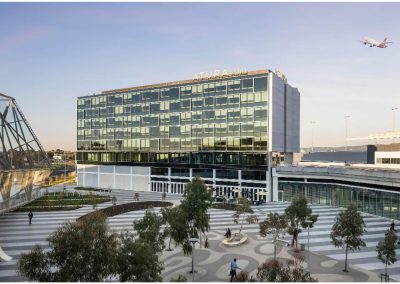
Atura Adelaide Airport Hotel
-
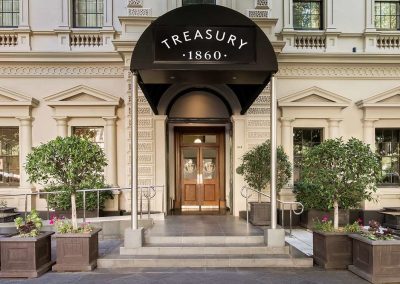
Treasury 1860 Pub, Adelaide
-
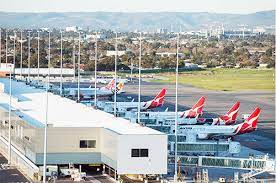
Adelaide Airport
-
Map to Christ Church, Wayward, and St John's
-
Map from St John's to the State Library of South Australia
-
State Library of South Australia
-
Rundle Mall, Adelaide
-
Day View of Adelaide, Atura Hotel
-
Airport View, Atura Hotel
-
Room, Atura Hotel (towards door)
-
Room, Atura Hotel (towards window)
-
Pilgrim Uniting Church, Adelaide
-
Map of Adelaide
-
Map from Airport to St. John's
-
Location of the State Library of South Australia
-
St. John's Rectory, Adelaide
Short Blog Report
NEVILLE’S 48 HOURS (OR SO) IN ADELAIDE
My first tip to Adelaide was a very quick and short time Friday late night to Sunday early morning. The nature of the business – the mission and budget – meant that the time for extensive sightseeing would have to be the next trip to Adelaide, and, next time, I will drive to Adelaide.
The three-day journey started very early, and you know, I am not an early morning person. Friday proved a very long day! The 10.30 a.m. flight directly to Adelaide was cancelled, and I got the digital message just as I was walking out the door. One of the pre-planned sensible and coping steps I had was to book my car into the long-term parking at the airport. At the cost of two Brisbane taxis and being away only two nights, it was sensible, and it took a lot of the stress out.
My sister and daughters would be proud of me. I kept very calm and cool for the whole day, but it was very tiring. The Jetstar ground crew were very helpful, but that does not get the company executives off-the-hook for not budgeting in forward planning and emergency management, rather than the fixation for profits in shareholding. I have said this many times, and so have the better scholars: corporates, since the early 1990s, have been extremely moronic in their decision-making. The decision of profits over the mission of the business is plainly stupid, and if you know any corporates send this message to them.
After the early morning re-booking at Brisbane airport, I had to invest in unpaid time in my business, re-scheduling all the meetings I had booked in Adelaide, in the airport lounge for a few hours. I then waited for the replacement plane from Sydney, only for the plane to breakdown when it arrived at Brisbane airport. It had already been in Sydney overnight, fixing another problem. This delayed my Sydney connection flight, and with issues with the shortage of controllers, our descent into Sydney was also delayed. Nevertheless, I was able to make my connection to Adelaide at Sydney airport with time to spare. This meant I did not get into Adelaide airport until 10.30 p.m. I was originally scheduled for 12:30 p.m. local time. Again, my sensible business pre-planning kicked in. I had arranged the night with my Adelaide hosts, but I let them know that there was no way I would burden them, with such a late-night arrival. I was also very tired, and the sensible thing was to crash overnight at the airport hotel. It cost me $325 Australian dollars.
It was worth it. I had a good night’s sleep with a 7.30 a.m. rise to leave by taxi at 8.30 a.m., heading off to my temporary base of work and accommodation for the one night, at St. John’s Rectory. Vicky and Peter were my hosts. Revd. Peter Balabanski is the Anglican priest at St. John’s and Revd. Professor Vicky Balabanski is a Uniting Church minister at the Effective Living Centre in near-by Wayville (see map images in the Gallery). I am most thankful to them for hosting me on the research trip and the use of the parish office. I will be producing a fuller research report much later, but this blog is only to provide the sense of the days in Adelaide. My trip had two purposes, a book launch and research. I was conducting research through oral interviews with a few key players, and a short and quick journey to the State Library of South Australia for digital images of primary source materials. There was, first, short conversations with Peter and Vicky on their Adelaide experience, a meeting with David Kranz, a very interesting skills curriculum designer in the state government who developed a wholistic curriculum for skills training. That’s surprising in today’s maddening skill’s and jobs obsessions. David’s and Vicky Sanders’ (another Vicky) approach were framed in the critical and contemporary consciousness studies, rather than the rubbish, out-dated, and empirically-blinked, skills curriculum of the current governmental thinking.
My next appointment was with the distinguished South Australian historian, David Hilliard, the expert on religion in the state. I had met David in the mid-1990s, and he helped me with my post-doc work. Now, he was doing the same thing 25 years later. I am in his debt. It was a very enjoyable time, as we discussed the purpose of my research which was to identify the historical and personable links between Adelaide and Brisbane. After that hour, David kindly gave me a lift to the State Library. Unfortunately, I was caught in the rain getting into the Library, but with no great harm done at all. Part of the adventure. I was so gratefully in the way I was helped by the main desk and archivist librarians, and I cannot thank them enough for their valuable and kindly service. I was out of the Library in half-an-hour, and unfortunately could not stick around the North Terrace precinct. Thus, I crossed over to the Rundle Mall for lunch. A rushed food court lunch of a chicken burger and those Chinese small tinned grape juice. When I choked on the grape juice towards the end of my sculling, a kind Adelaidean aided me with a napkin, adding a quick and kindly conversation. I never stop telling people that this was my first time in Adelaide.
This included my second taxi driver who took me to the Wayville Church for the book launch in our work on Charles Strong and the Australian Church. The book launch by the Charles Strong Trust (Dr. Norman Habel, Chair) was fabulous. The book was launched by Rev. Hon. Dr. Lynn Arnold AO, former South Australian Premier (4 September 1992 – 14 December 1993). Dr. Marion Maddox, the editor and prime contributor, wonderfully responded, and all authors were mentioned, but I was introduced as the other author who had made it to Adelaide for the occasion. The conversations over wine and cheese were great, but I had slightly upset the hosts when I spilt my wine-tasting South Australian red onto the church carpet. Ruth did say I was a grub, and she said it in humour but slightly frustrated about my habits.
I then made for a quick exit to call up and set my next appointment, and made arrangements for another taxi outside the church. The taxi was taking its time, but, fortunately, Peter gave me a lift to Pilgrim Uniting Church in the city. Rev. Dr. Jonathan Barker had been the minister at the historic Pilgrim Church, and had an incredible career in parishes across the country. I awaited 15 minutes in the cold and light rain at the Church entry. It was strangely an okay experience, and, in fact, wonderful to have some time to examine the historical corner of Flinders and King William Streets. There was the Victoria Square / Tarntanyangga, and the new Adelaide Trams[1], and the historic ‘Treasury 1860’ pub where Jonathan and I had a beer. Jonathan told me his life story as a leader in Australian Ecumenical Institute. It began as urban mission in Chicago in the 1960s and early 1970s, and became global with the Institute of Cultural Affairs: non-profit organizations advancing human development worldwide.
At 6.00 p.m. I had missed the late and brief afternoon shower, to be able to walk half-an-hour, back to St. John’s. It was such a pleasurable walk in the cool mist air of the late dusk. I just caught the thin red glow of the western sky. You can see most of the city landscape walking; it is flat and there are high-rise limits which means a skyline of moderate-sized towers.[2]
By this stage I was very tired, and could have spitted on the grave of Clem Jones; read footnotes.[3] I rested my thinking in the upper room of St. John’s rectory, before dinner with Vicky and Peter, and their guest, an Aboriginal lass from the Northern Territory. Wonderfully, conversations on Aboriginal representations in Australian culture. And in the conversation was the great reveal! At the table we were sitting at, in the room we were dining, the Aboriginal flag was designed and first produce as a protest banner by Harold Thomas. Extraordinary! I was seating at a critical moment of history, and I had not realised it until Peter told the story and produce a commemorative flag, signed by Harold Thomas.
I slept as comfortable as I could that night. Lovely heritage environment, but I was overtired. One of my two devises rang the alarm, half-an-hour too early, on east coast time. And I was off at 5.30. p.m. in the Adelaide pre-dawn drizzle. I again told the ‘first trip to Adelaide’ story, and my taxi driver told of his overnight drive from Sydney to Adelaide to relocate. I cannot think of a better city to relocate to. It was a much easier process to check out at Adelaide airport, and waiting for the 7.00 a.m. flight, which was on time.
Two hours later, I am driving car back home to Sunnybank Hills. As I write this blog, now late in the afternoon, and very tired, I think back to how much I have learnt of South Australian and Adelaide history – to be revealed in my larger research report. On the flights to Adelaide and back, I had two opportunities to speak to the person beside me about my work as a professional historian. The conversation on the direct flight back to Brisbane was particularly good. I am sitting next to a guidance officer in the distant education-primary sector work. Her work is what I call, ‘education social work’ in my writing, and that was quadruple-pleasurable because (2) I could talk about Ruth, (3) about my deep friendship with Science Master John Dixon regarding policy (and principals), and about my work with Dr Michael Macklin on the whole problem in the concept of schooling. This is one of the important finding I have discovered in the research on the Adelaide-Brisbane connections. Institutional decision-makers acting stupidly – there are a mass of historians’ work on this – because persons cannot think other than conventionally, and not ‘outside-the-box’. And progressivist thinkers, like Charles Strong, Lynn Arnold, Vicky and Peter Balabanski, David Kranz and Vicky Sanders, David Hilliard, and Jonathan Barker, have greatly improved the lives of many, even as mistakes were made. May we learn.
FOOTNOTES ON URBAN TOWN PLANNING AND STUPIDITY IN NOT THINKING OUTSIDE THE BOX.
[1] Stupid Brisbane City Council!!!!!; Jonathan was arriving by a near-by tram.
[2] Stupid Brisbane City Council and State Government!!!!!; and river hills in Brisbane is no excuse in the historic failures of town planning and of real vision for sustainable development.
[3] Clem Jones was a half-visionary and with the legacy of a ‘tunnelled’ imagination for our current present time; in fact, transportation tunnels might have proved better in the 1960s town planning; but, oh, the stupidity was the prejudice that we could never learn from the experiences of large cities, like Sydney.
Neville Buch
Latest posts by Neville Buch (see all)
- J. D. Vance’s Insult to America is to Propagandize American Modernism - July 26, 2024
- Why both the two majority Australian political parties get it wrong, and why Australia is following the United States into ‘Higher Education’ idiocy - July 23, 2024
- Populist Nationalism Will Not Deliver; We have been Here Before, many times… - July 20, 2024


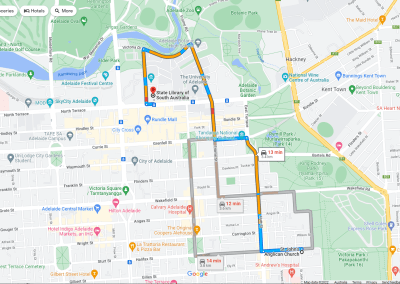

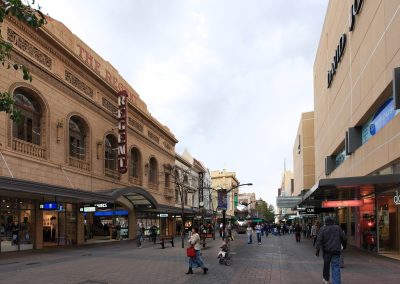
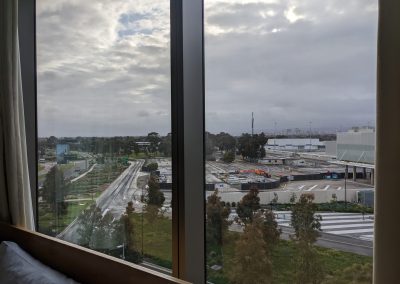
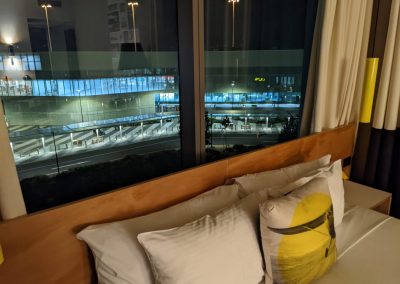

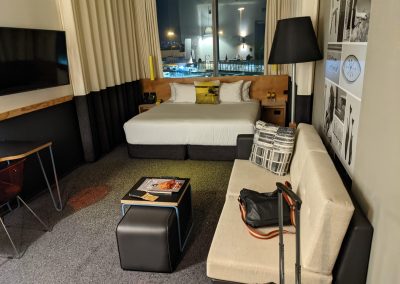
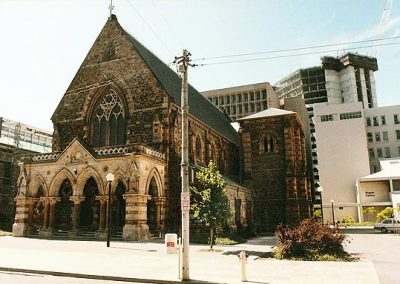
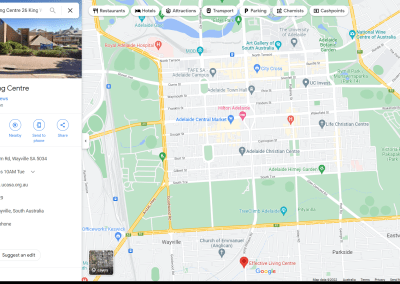
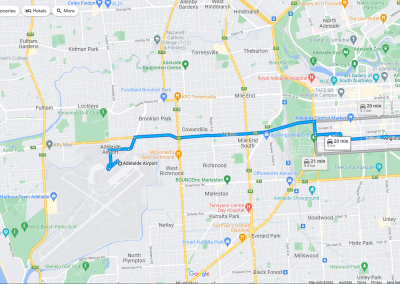
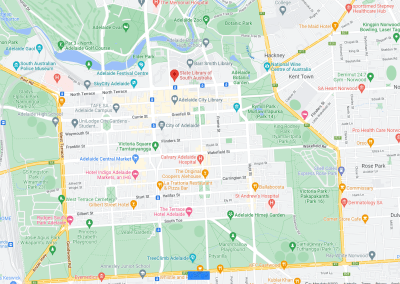
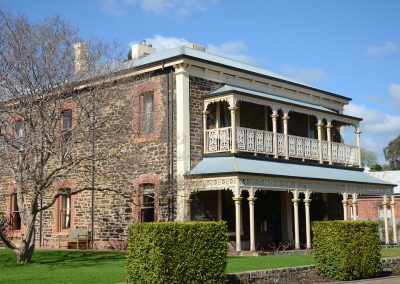
My elderly neighbour from past times (RIP) was telling me her 2 uncles were one in parliament in South Australia. One was the Premier the other the Attorney General. Her Aunty was involved in Women’s issues such as the right to vote. There is a building called Vaughan Markets in Adelaide that once belonged to the family.
Yes, indeed. Adelaideans have much to teach us in Brisbane.
Sounds productive – and an adventure. Hope the wine came out of the carpet!
Thanks, Michael. The stain appeared to be removed on the carpet which has that design for such spillages.